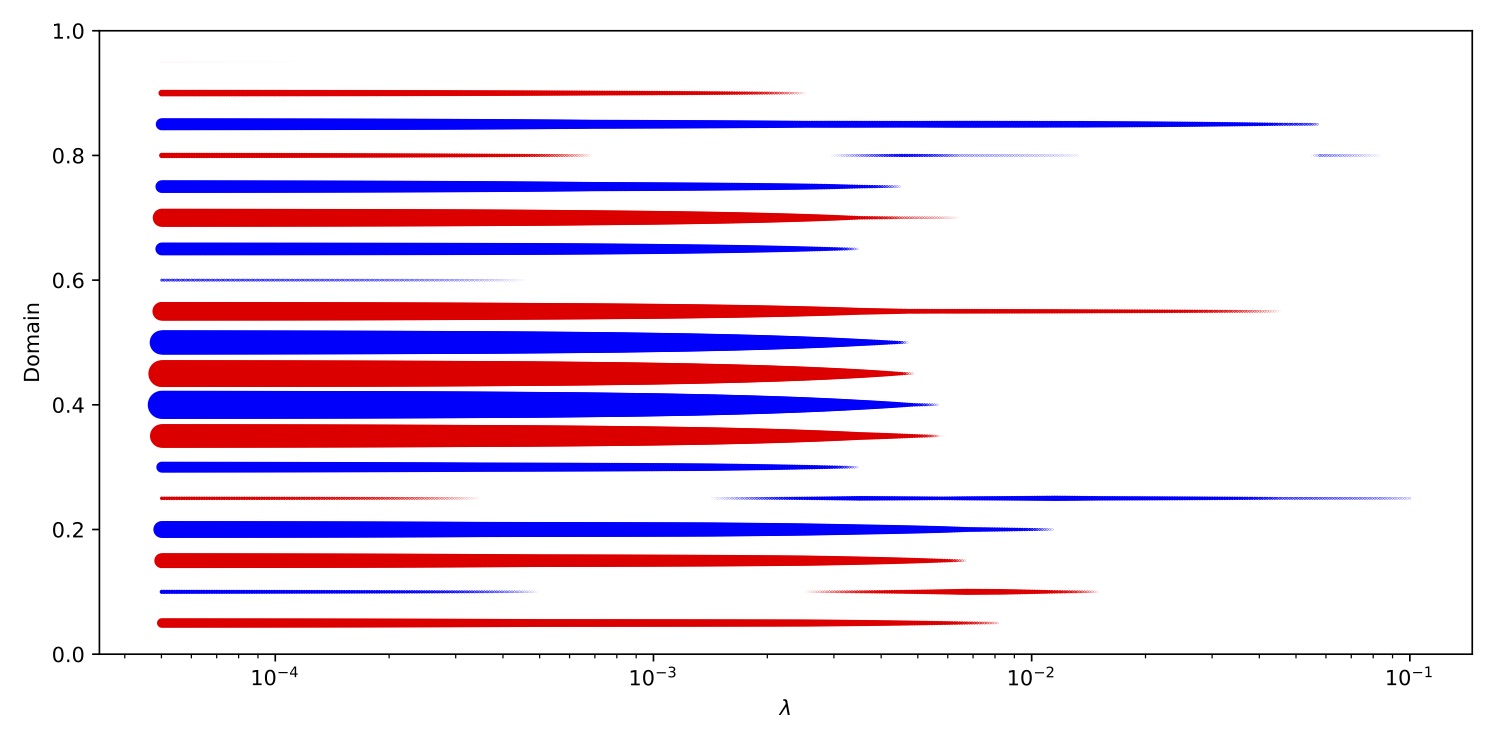Homotopy Methods for Regularized Inverse Problems
Spring 2020
Master Semester Project
Project: 00395

In an inverse problem, the objective is to reconstruct a signal from a set of measurements. This is typically achieved by solving an optimization problem with a data-fidelity term that enforces the consistency between the reconstructed signal with the measured data. When the problem is ill-posed, a common technique is to add a regularization term that is based on our prior knowledge on the form of the signal. A regularization parameter then balances the weight between the data fidelity and the regularization terms. The choice of this parameter is crucial, and it is typically hard to tune. Hence, homotopy methods aim to solve the optimization problem for all possible values of the regularization parameter, so that the user can choose a suitable one. The goal of this project is to investigate such methods for some specific discrete inverse problems, starting with a literature review, and to implement an algorithm in practice. As the project is somewhat exploratory, the student should be able to take initiative and to work autonomously. He or she should also have strong mathematical interest, particularly in the field of optimization.
- Supervisors
- Thomas Debarre, thomas.debarre@epfl.ch, BM 4.138
- Michael Unser, michael.unser@epfl.ch, 021 693 51 75, BM 4.136